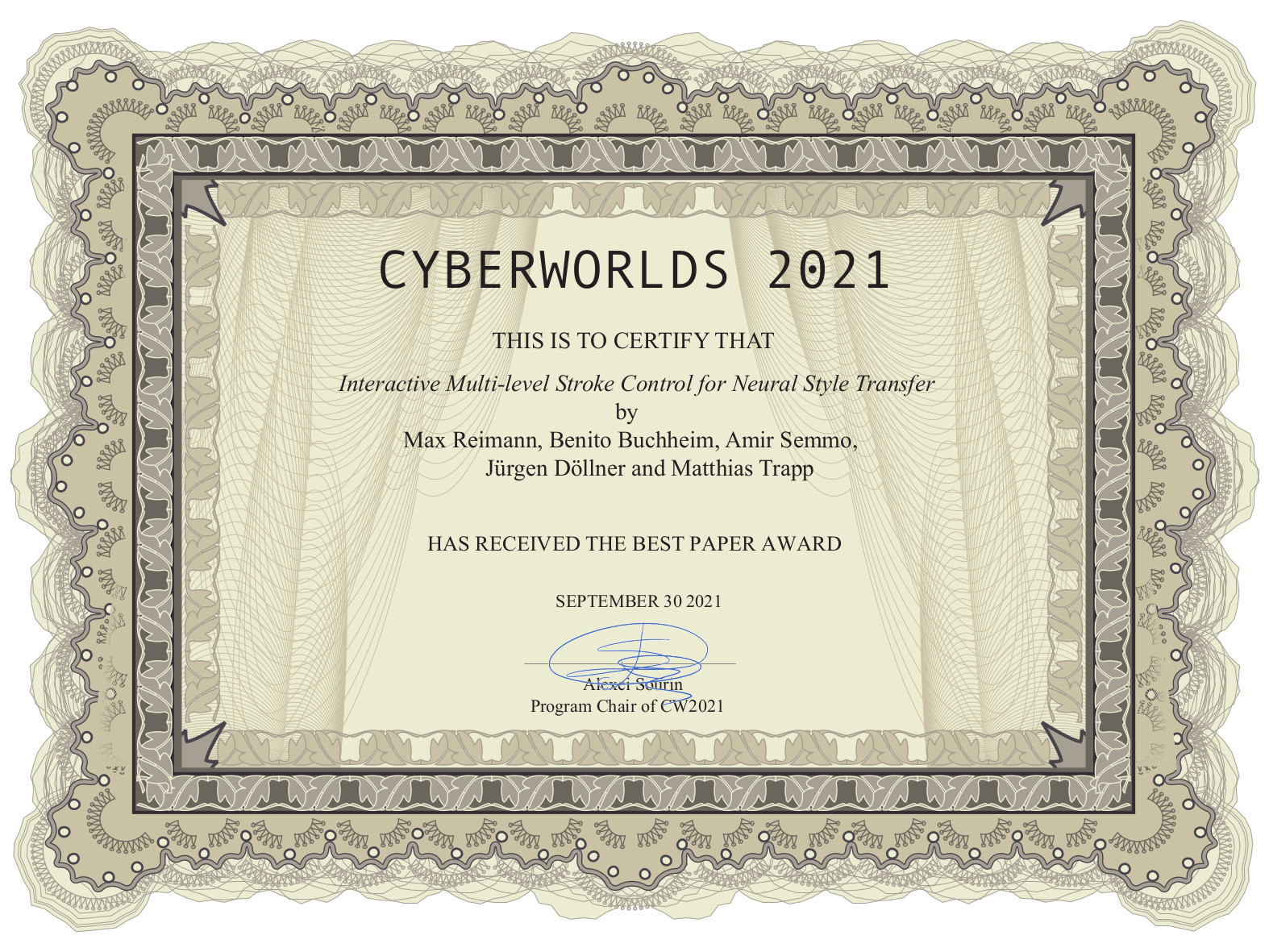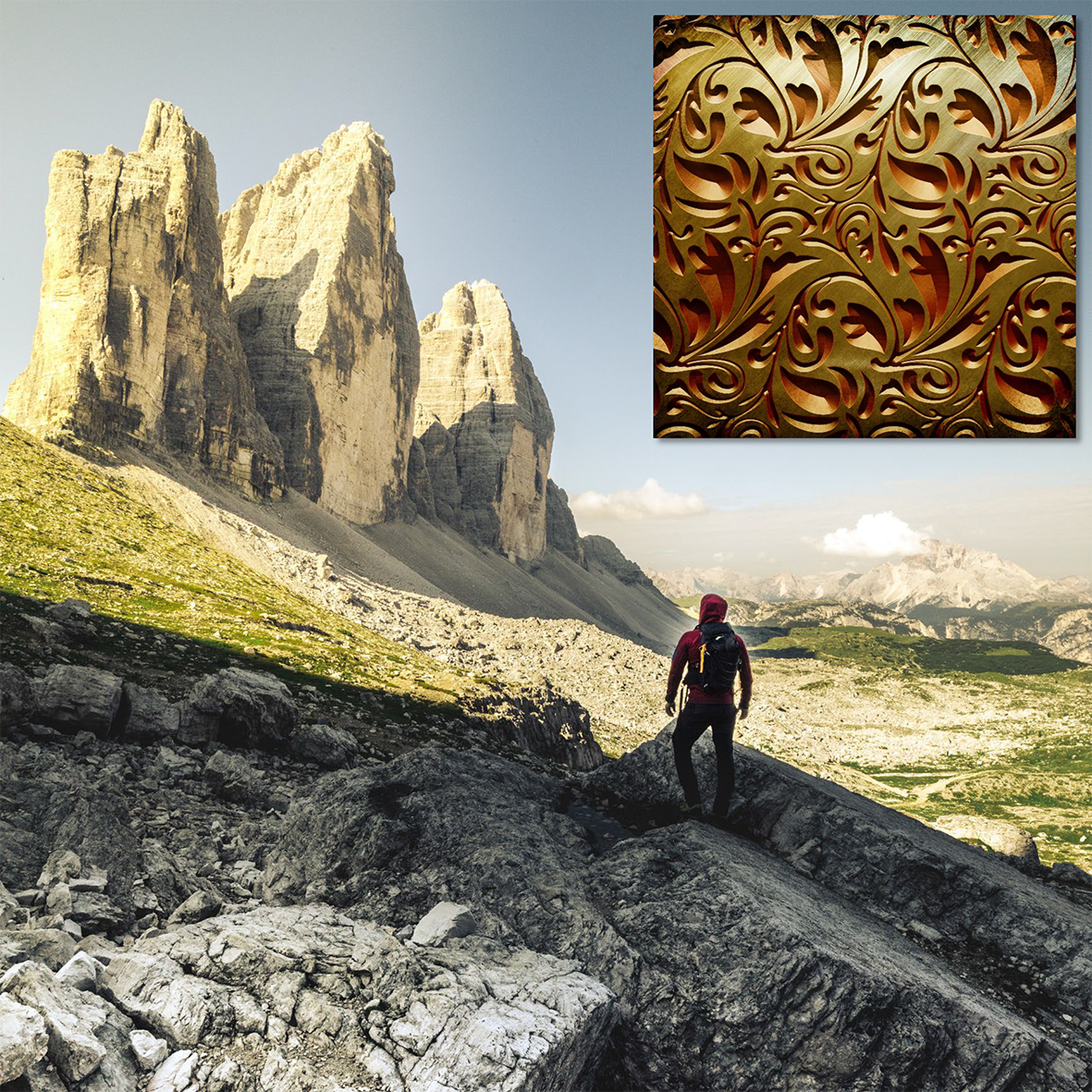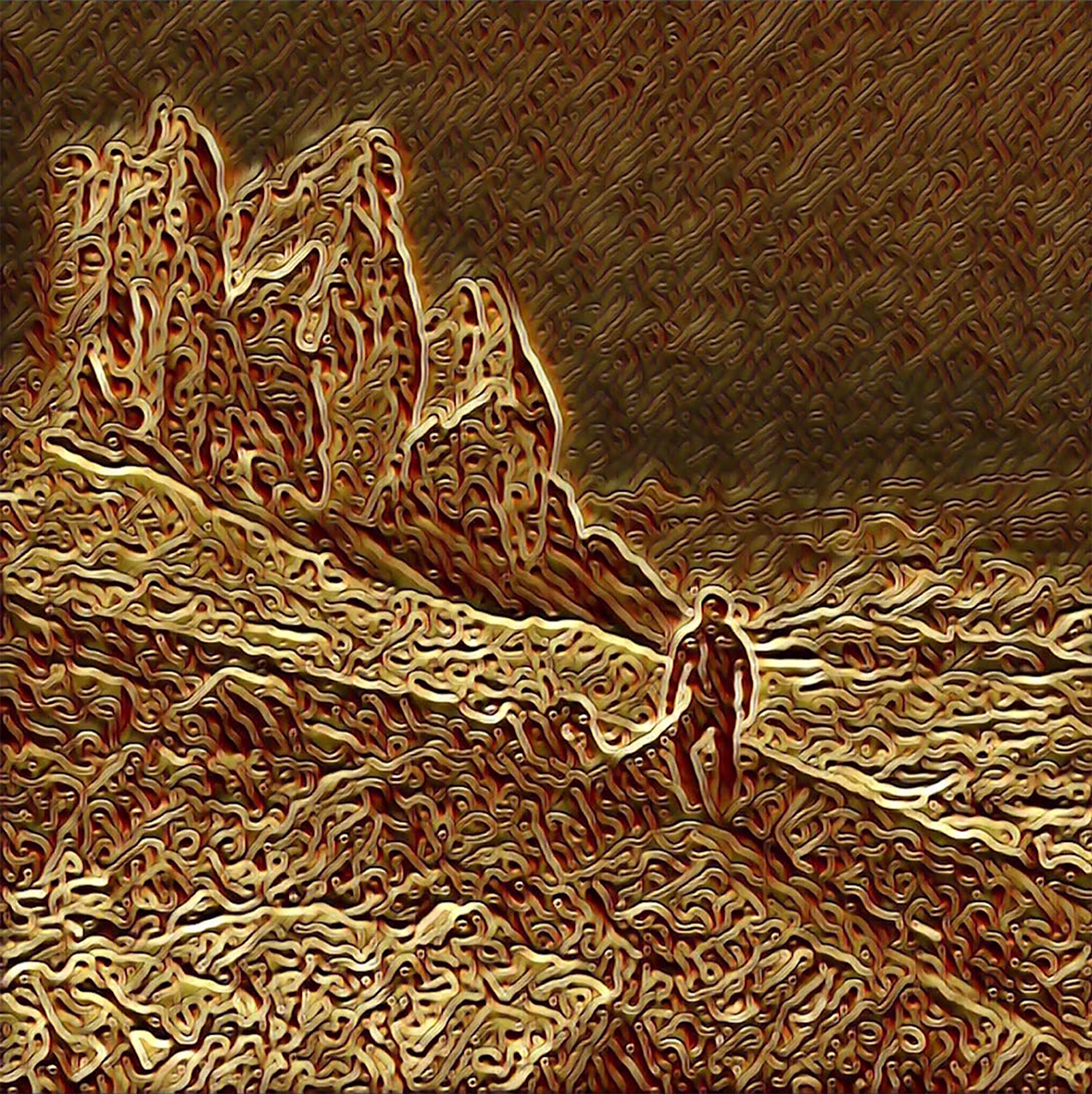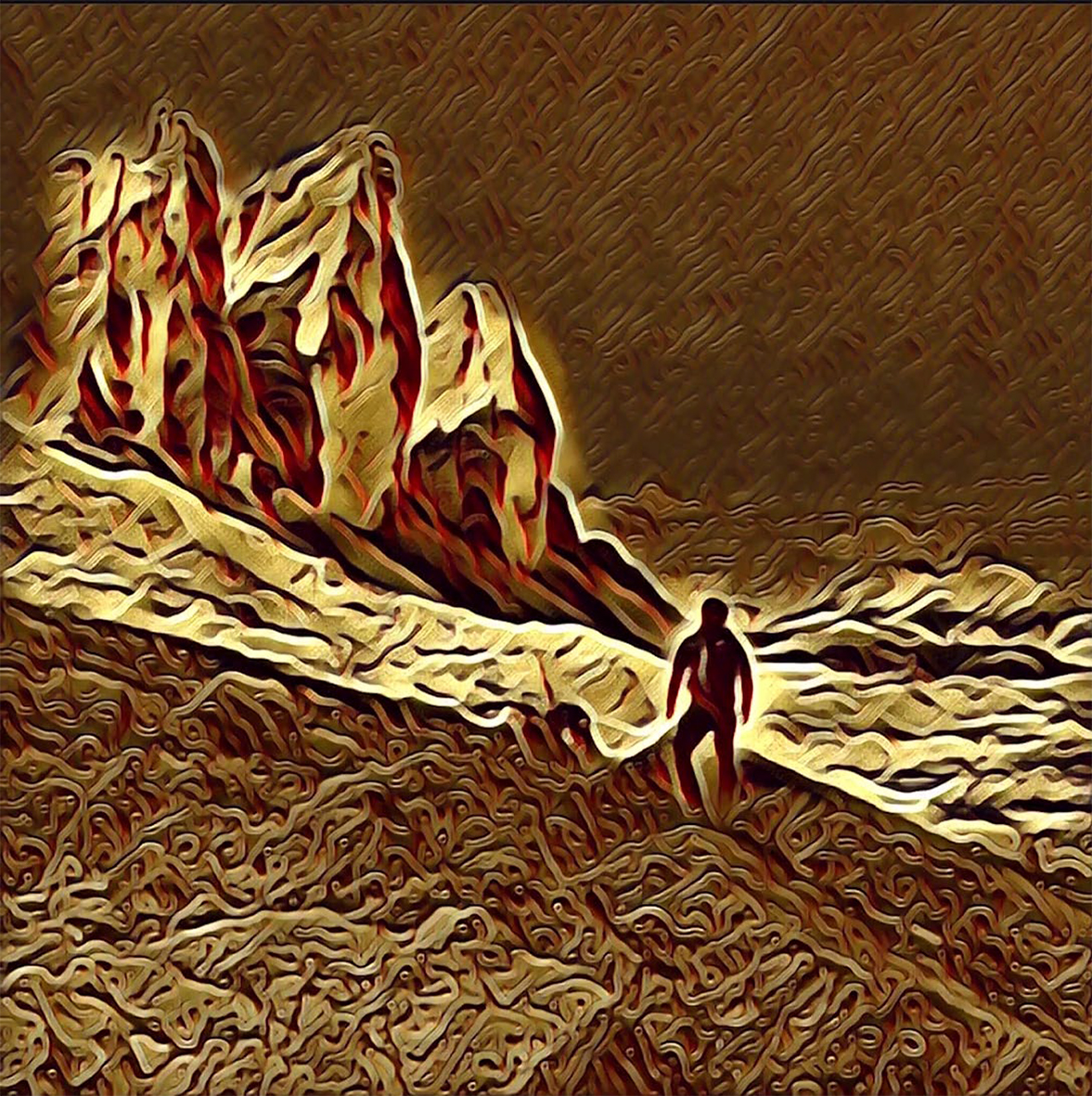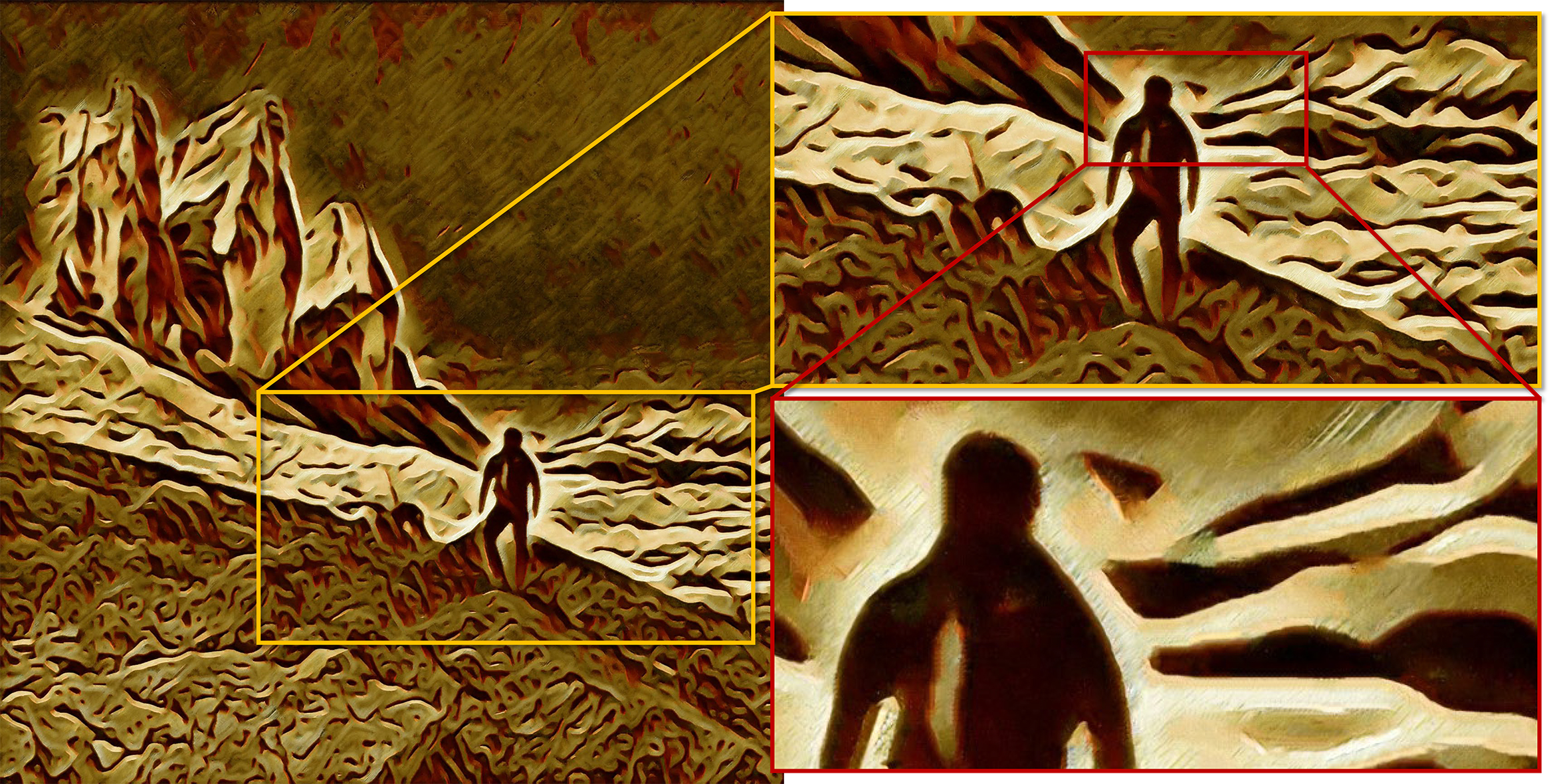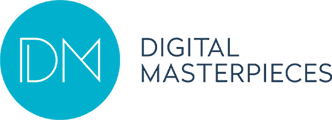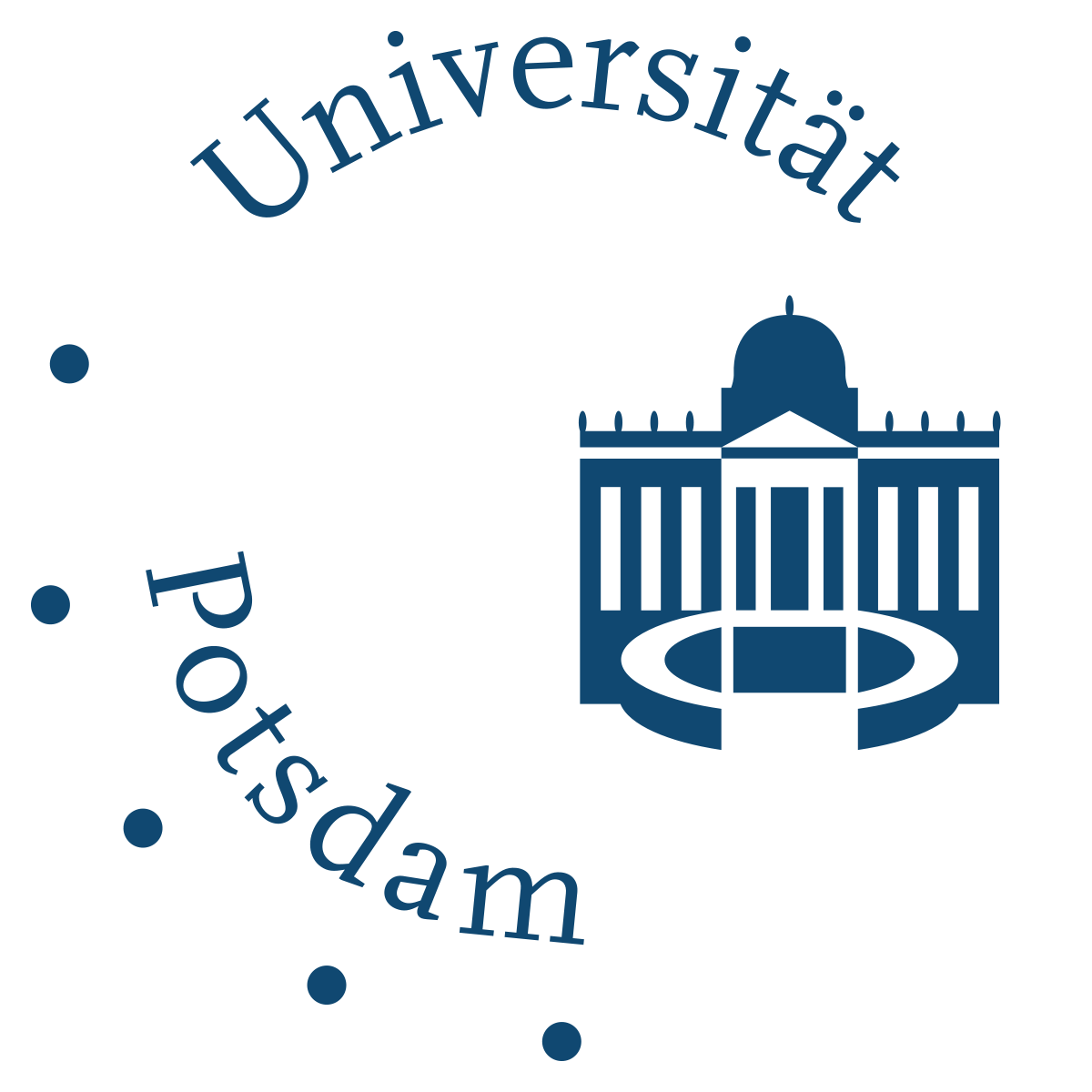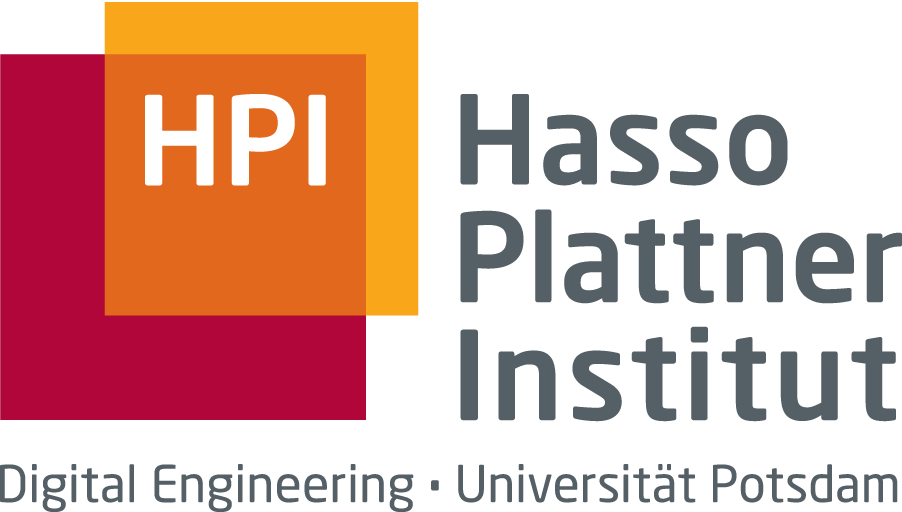
Interactive Multi-level Stroke Control for Neural Style Transfer, CW 2021
Interactive Multi-level Stroke Control for Neural Style Transfer
Max Reimann
Benito Buchheim
Amir Semmo
Jürgen Döllner
Matthias Trapp
Hasso Plattner Institute, Faculty of Digital Engineering, University of Potsdam
Abstract
We present StyleTune, a mobile app for interactive multi-level control of neural style transfers that facilitates creative adjustments of style elements and enables high output fidelity. In contrast to current mobile neural style transfer apps, StyleTune supports users to adjust both the size and orientation of style elements, such as brushstrokes and texture patches, on a global as well as local level. To this end, we propose a novel stroke-adaptive feed-forward style transfer network, that enables control over stroke size and intensity and allows a larger range of edits than current approaches. For additional level-of-control, we propose a network agnostic method for stroke-orientation adjustment by utilizing the rotation-variance of CNNs. To achieve high output fidelity, we further add a patch-based style transfer method that enables users to obtain output resolutions of more than 20 Megapixel. Our approach empowers users to create many novel results that are not possible with current mobile neural style transfer apps.
Awards
Results
Video
Citation
Max Reimann, Benito Buchheim, Amir Semmo, Jürgen Döllner, Matthias Trapp
Interactive Multi-level Stroke Control for Neural Style Transfer
Cyberworlds, 2021
@article {ISCS2021,
author = {Reimann, Max and Buchcheim, Benito and Semmo, Amir and Döllner, Jürgen and Trapp, Matthias},
title = {Interactive Multi-level Stroke Control for Neural Style Transfer},
booktitle={2021 International Conference on Cyberworlds (CW)},
year = {2021}
}
© 2021 The Authors. This is the author's version of the work. It is posted here for your personal use. Not for redistribution.
Downloads
|
Acknowledgements
This work was partially funded by the German Federal Ministry of Education and Research (BMBF) (through grants 01IS15041 – “mdViPro” and 01IS19006 – “KI-Labor ITSE”).
